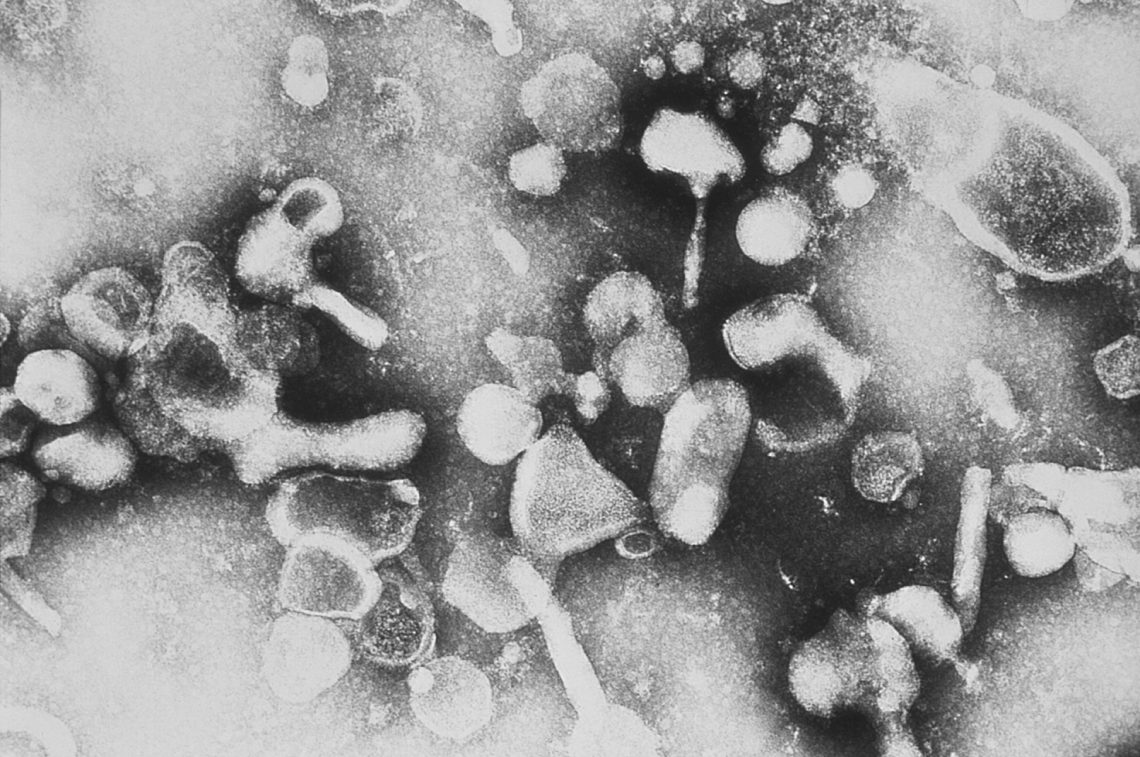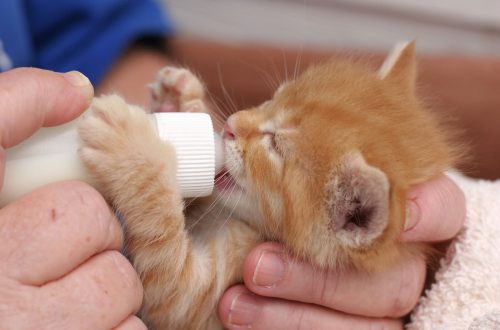
Feline leukemia virus
Contents
Ways of infection and development of the virus
The causative agent is a virus of the retrovirus family. The most susceptible to the disease are cats that are crowded: nurseries, zoo hotels, overexposure, stray animals. In the cat population, the most common route of transmission is through bites, scratches, sexual contact, and transplacental transmission. The virus can be shed in saliva, urine, feces, and blood. After entering the cat’s body, the virus multiplies in the lymph nodes, from where it enters the bone marrow. There, active replication of the virus occurs, and the virus spreads throughout the body. Often, the spread of the virus throughout the body is suppressed by the cat’s immune system, and the development of the disease does not occur. But the cat remains latently infected. Reactivation of the virus can occur with a decrease in immunity. In the environment, the virus persists for about two days, while it is unstable – it dies when disinfectants are used and at a temperature of 100 ° C.
Manifestations of leukemia
Often, the symptoms of leukemia are nonspecific and it can be hidden. In this regard, it is not always possible to immediately make a correct diagnosis. Signs of leukemia may include:
- Lethargy
- Refusal of food and loss of appetite
- Weight reduction
- Dull coat
- Paleness of mucous membranes
- Stomatitis
- Anemia
- Uveitis, anisocoria
- Infertility and other reproductive disorders
- Problems from the digestive system
- Signs of damage to the central nervous system
- Neoplasia and lymphosarcoma
- Secondary diseases
Diagnosis and differential diagnoses
The lifestyle of a cat can prompt a doctor to think about the presence of leukemia. More often, cats that have had or have access to self-walking are brought to the appointment. To make an accurate diagnosis, it is necessary to conduct a number of studies:
- Blood tests help to detect the presence of immunosuppression and assess the functional state of the internal organs.
- Visual diagnostic methods – ultrasound and x-rays. When conducting these studies, it is possible to detect structural changes: the presence of effusion in the chest and abdominal cavity, smoothness of the intestinal layers, nodular lesions of organs, etc.
- PCR (Polymerase chain reaction). Not always an informative method of research, as in cats in which leukemia is in the latent phase, it can give a false negative result. To do this, you can conduct a study after 3 months.
- ELISA (enzyme-linked immunosorbent assay) is a more accurate diagnostic method that allows you to detect traces of the virus in the blood of a cat.
Viral leukemia should be distinguished from other diseases: viral immunodeficiency in cats, infectious peritonitis with coronavirus, hemoplasmosis, toxoplasmosis, neoplasia, renal failure, and others.
Treatment
There is currently no cure for viral leukemia. More precisely, it is impossible to completely cure a cat from it, but symptomatic therapy can be used, which will alleviate the cat’s condition. In case of severe anemia, a blood transfusion is required. Donor requirements: young vaccinated cat, clinically healthy, tested for infectious diseases, with a suitable blood type. However, in practice, blood from any cat can be used, as help may be required immediately, and animal blood banks are not yet sufficiently developed in Russia. The use of immunomodulators often has no effect, but can be used as part of complex therapy. Antiemetics, antispasmodics, antibiotics are used as additional means of symptomatic therapy. Immunosuppressive therapy may provide a short-term positive effect, but it should be used only under the supervision of a physician. Chemotherapy is used to treat lymphomas, but remission is usually short-lived. The owner and physician must adequately assess the condition of a cat with leukemia, and at a critical moment decide on the humane euthanasia of the pet.
Prevention of leukemia
The main prevention is the prevention of self-walking cats. It is also recommended to leave the cat in a proven pet hotel, which respects sanitary and hygienic standards and does not accept unvaccinated cats. If a cat with leukemia is found in the cattery, then it is removed from breeding, and other producers must be checked for infection. Intercattery mating also requires confirmation that the cat or cat is free from infectious diseases. For prevention, there is a vaccine against leukemia, which is quite difficult to find in Russia, it is valid for a year. Do not forget that the kitten must be taken in a proven place, a cattery free from viral leukemia. Keep the house clean, feed the cat with quality food, because the state of health largely depends on such everyday things.





